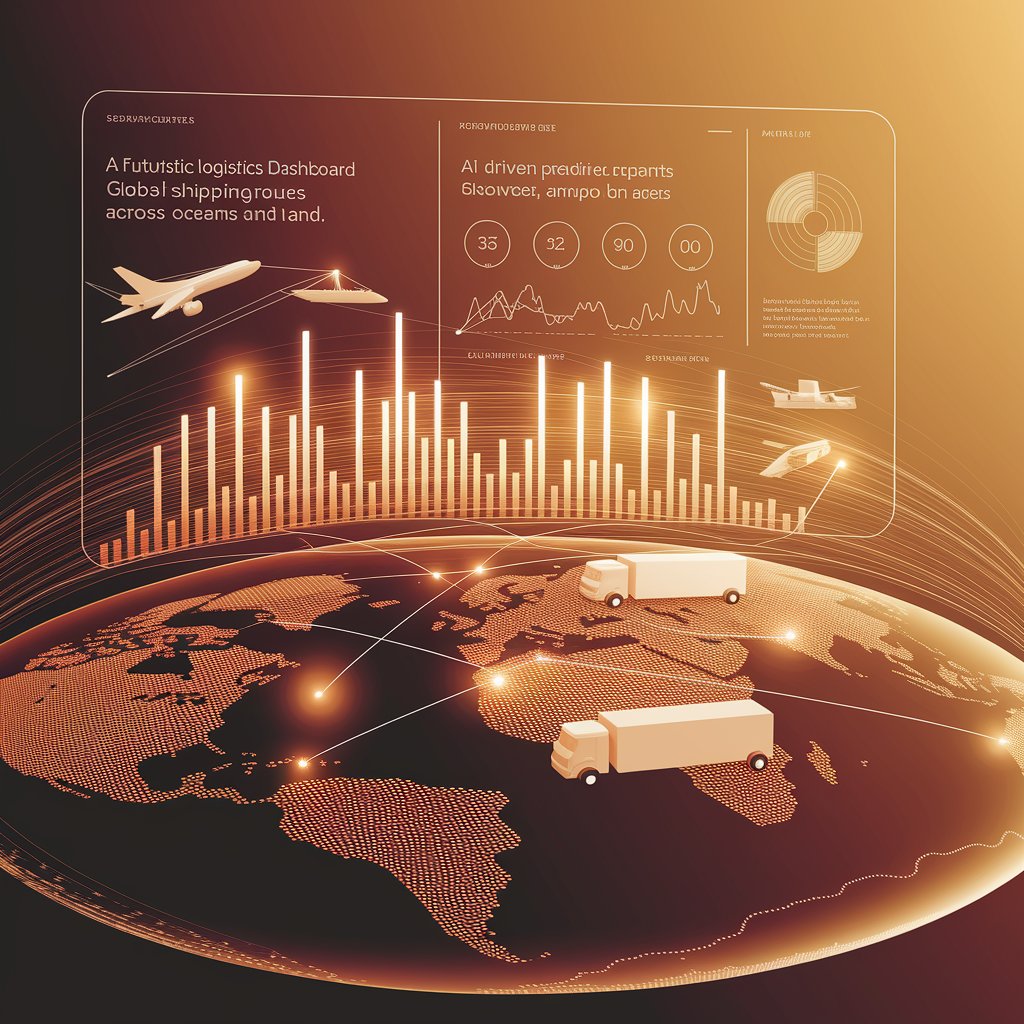Cargo Route Optimization: Maximizing Efficiency in Global Shipping

Introduction
Cargo route optimization provides the solution. By leveraging data analytics, AI, and advanced logistics software, shippers, carriers, and freight forwarders can design smarter routes that cut costs, reduce transit times, and improve overall supply chain resilience.
What Is Cargo Route Optimization?
Cargo route optimization is the process of planning and adjusting transportation routes to achieve the most efficient, cost-effective, and reliable delivery of goods. It combines:
- Real-time traffic and port conditions
- Fuel consumption analysis
- Carrier capacity and fleet availability
- Customer delivery requirements
- Regulatory and customs constraints
The goal is simple: move cargo from point A to point B in the best possible way.

Key Benefits of Cargo Route Optimization
- Reduced Transportation Costs – Optimize fuel usage, cut empty miles, and minimize toll expenses.
- Faster Deliveries – Shorter transit times improve customer satisfaction.
- Improved Resource Utilization – Maximize fleet capacity and workforce efficiency.
- Environmental Sustainability – Lower emissions by reducing unnecessary mileage.
- Resilience and Reliability – Prepare alternative routes during disruptions.
Real-World Applications
- Freight Forwarders – Select optimal multi-modal routes to reduce costs for clients.
- Carriers – Manage fleet schedules and minimize empty backhauls.
- E-commerce Companies – Ensure faster last-mile deliveries by adjusting real-time routes.
- Cold Chain Logistics – Maintain product integrity by minimizing transit time and temperature risks.
- Port & Terminal Operators – Optimize yard movements and vessel berthing schedules.

Challenges in Cargo Route Optimization
Even with advanced tools, optimization comes with hurdles:
- Data Gaps – Inaccurate or missing traffic, weather, or port data reduces accuracy.
- Dynamic Conditions – Sudden congestion, strikes, or weather events disrupt plans.
- Integration Issues – Legacy ERP and TMS systems may not support real-time optimization.
- High Implementation Costs – AI-driven routing tools require significant investment.
- Regulatory Constraints – Customs clearance times and restrictions vary by region.
Best Practices for Effective Route Optimization
- Leverage Real-Time Data – Use IoT, GPS, and traffic feeds for live route adjustments.
- Adopt Multi-Modal Planning – Integrate air, sea, rail, and trucking for flexible options.
- Use Predictive Analytics – Anticipate peak seasons, weather risks, and port congestion.
- Integrate Systems – Connect ERP, WMS, and TMS for seamless decision-making.
- Prioritize Sustainability – Balance cost savings with reduced environmental impact.
- Scenario Planning – Prepare backup routes to ensure continuity during disruptions.

Future of Cargo Route Optimization
The next wave of cargo route optimization will be powered by:
- Artificial Intelligence (AI) – Automated decision-making for instant rerouting.
- Digital Twins – Simulating global networks to test scenarios before execution.
- Blockchain – Secure and transparent data sharing between carriers and shippers.
- Autonomous Vehicles & Drones – Transforming last-mile optimization.
- Green Routing – AI-driven route planning that minimizes carbon emissions.
Conclusion
In an era of rising costs and volatile supply chains, cargo route optimization is no longer optional—it’s a necessity. By applying AI, real-time data, and predictive analytics, businesses can cut costs, speed up deliveries, and strengthen customer satisfaction.
For logistics providers, shippers, and carriers, mastering cargo route optimization is the key to building efficient, sustainable, and future-ready supply chains.
